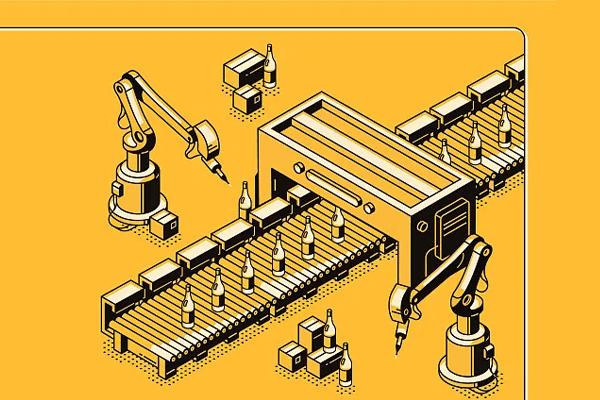Key Features and Improvement Directions of Small Sachet Packaging Machines

Market Background
With the rising demand for portable, hygienic, and diverse food options, small sachet packaged products—such as seasonings, sauces, milk powder, and snacks—have become popular among young consumers, office workers, and travelers. This growing trend has significantly boosted the role of small sachet packaging machines in the food industry.
Types of Small Sachet Packaging Machines
Based on the type of product to be packaged, these machines can be classified as:
-
Powder and granule packaging machines: For items like milk powder and coffee.
-
Liquid or viscous packaging machines: For products like sauces and oils.
-
Solid fixed-shape packaging machines: For items like candies and tablets, requiring tailored filling and metering systems.
Key Features of Small Sachet Packaging Machines
1. Modular Structure Design
Modular construction allows for quick changes in packaging formats and sizes, enabling flexible, multi-variety, and small-batch production.
2. High-Speed Packaging
Advanced machines in foreign markets reach speeds of 30–150 sachets per minute in single-lane models. Multi-lane models (2–10 lanes) significantly boost production efficiency.
3. High-Precision Motion Control
Servo motors, encoders, and PLC systems ensure high accuracy in filling and bag forming, improving packaging consistency and reducing waste.
4. Intelligent Control Systems
Touchscreen interfaces allow real-time monitoring, parameter adjustments, and fault diagnostics. Built-in alarms automatically alert and stop the machine in case of malfunctions.
5. Diverse Packaging Formats
Thanks to decades of development, domestic packaging machines now offer various packaging styles with improved measurement accuracy, automation, and user adaptability.
Key Improvement Areas
Despite progress, domestic equipment still lags behind international standards. Future improvements should focus on:
1. Enhancing Transmission and Functional Components
Focus on improving core components such as cam drives, bearings, and control systems for higher speed, torque, stability, and durability.
2. Increasing Flexibility and Automation
To meet dynamic market needs, machines should be designed for better adaptability and smarter operations using modular and integrated control technology.
3. User-Centric System Solutions
Manufacturers should understand customer needs deeply and provide tailored, cost-effective system solutions with strong after-sales support.
4. Industrial Integration and Collaboration
Leverage policy advantages and form strategic alliances between enterprises, research institutes, and universities. Create a healthy ecosystem of specialized equipment manufacturers and component suppliers.
Future Development Trends
The evolution of small sachet packaging machines is headed toward “Three Highs and One Low”: high efficiency, high quality, high stability, and low energy consumption. Integration with computer and network technologies will enable remote diagnostics, intelligent maintenance, and digital service platforms—delivering real-time, zero-distance support to users.

